Celebrating Indigenous Heroes
Hidden Voices began as a collaboration between the NYC Department of Education and the Museum of the City of New York that was initiated to help City students learn about the countless individuals who are often “hidden” from traditional historical records. Each of the people highlighted in this series has made a positive impact on their communities while serving as outstanding examples of leadership, advocacy, and community service.
Over the centuries, countless Native Americans have made their mark on our nation through their leadership, vision, courage, talent, character, and sacrifice. Today, we’d like to draw your attention to the original inhabitants of this land by highlighting a few examples of distinguished Native Americans in our history—learn more about each of these Indigenous figures below, and check out the embedded links to learn more about them.
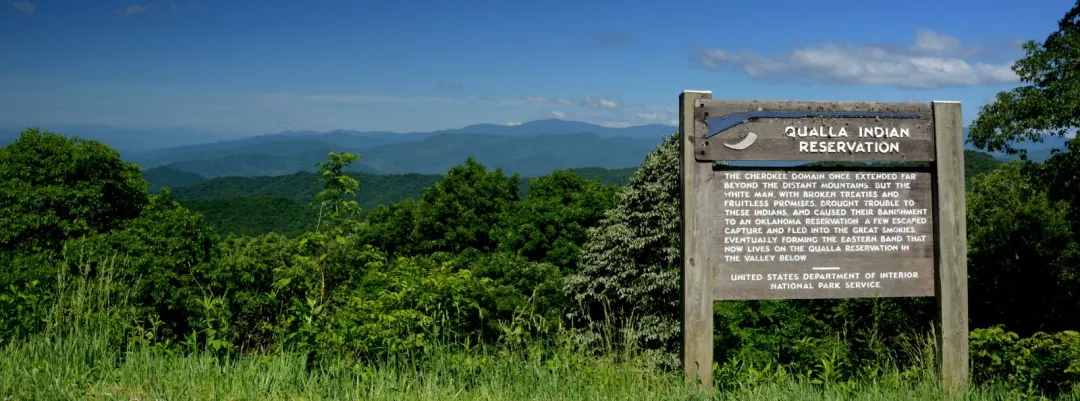
Penhawitz
During the 1620s, at the time Dutch settlers arrived in what is now the New York metropolitan region, Penhawitz was sachem, or great chief, of the Canarsee, a band of loosely-organized Lenape people who resided in what is now Brooklyn. Penhawitz was the first tribal leader known to the Dutch, and he sought to maintain positive relationships with the settlers. After massacres of Native Americans during the period of 1643–45 known as Keift’s War, Penhawitz led negotiations to bring an end to the violence, though unfortunately, the peace treaty did not hold.
To learn more about Penhawitz and that early period, check out our official Hidden Voices Project profile on pg. 27 (opens PDF).
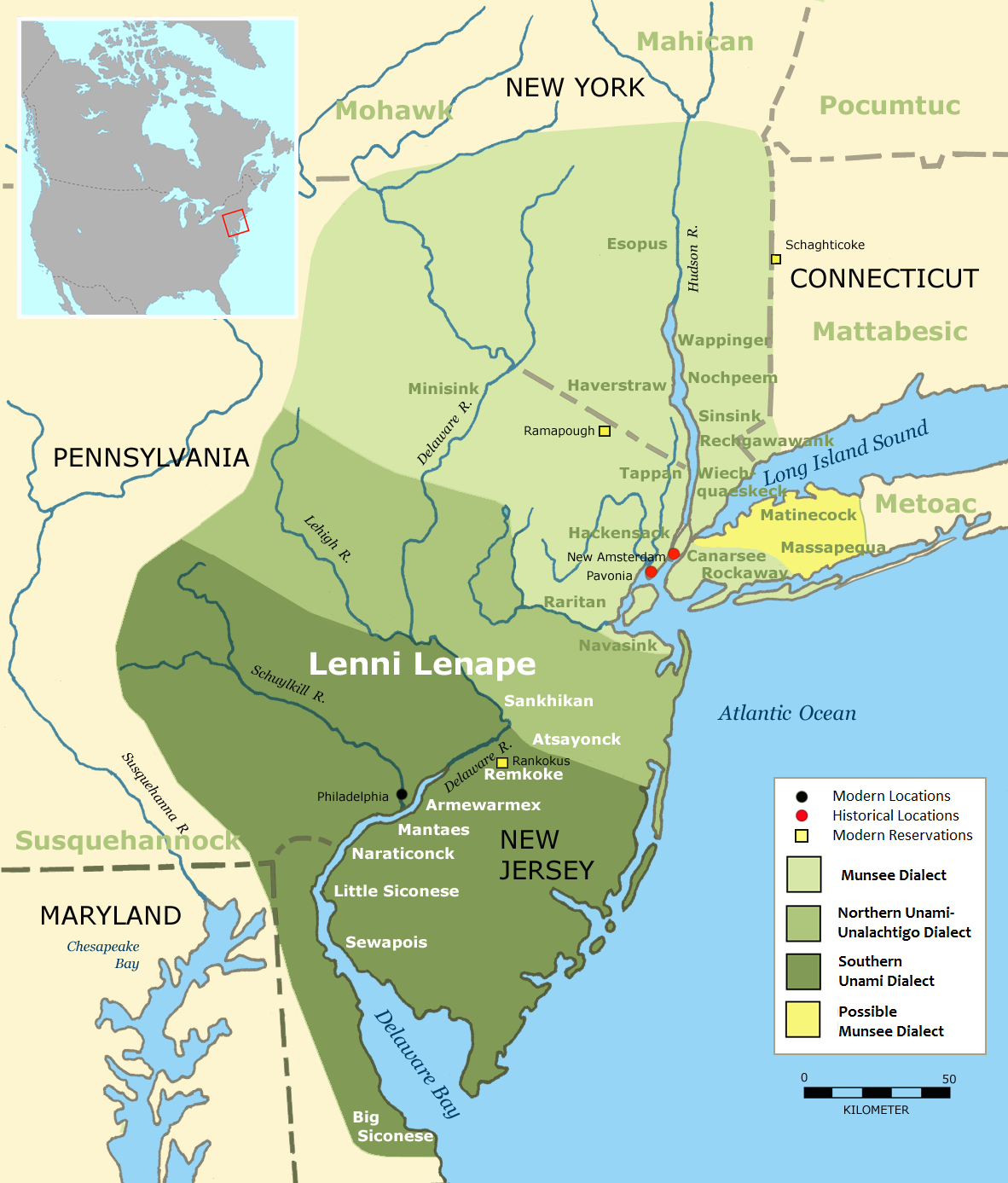
Charles Eastman
The first Native American to be certified in Western medicine, Dr. Charles Eastman (1858–1939) worked as a physician on reservations in South Dakota while become one of the most prolific authors and speakers on Sioux ethno-history. Educated at Boston University, he is considered the first Native American author to write American history from an Indigenous point of view and was politically active in advocating for Native American rights.
You can find more about this extraordinary pioneer, including samples of some of his writings, on World Wisdom’s “Charles Eastman” webpage.
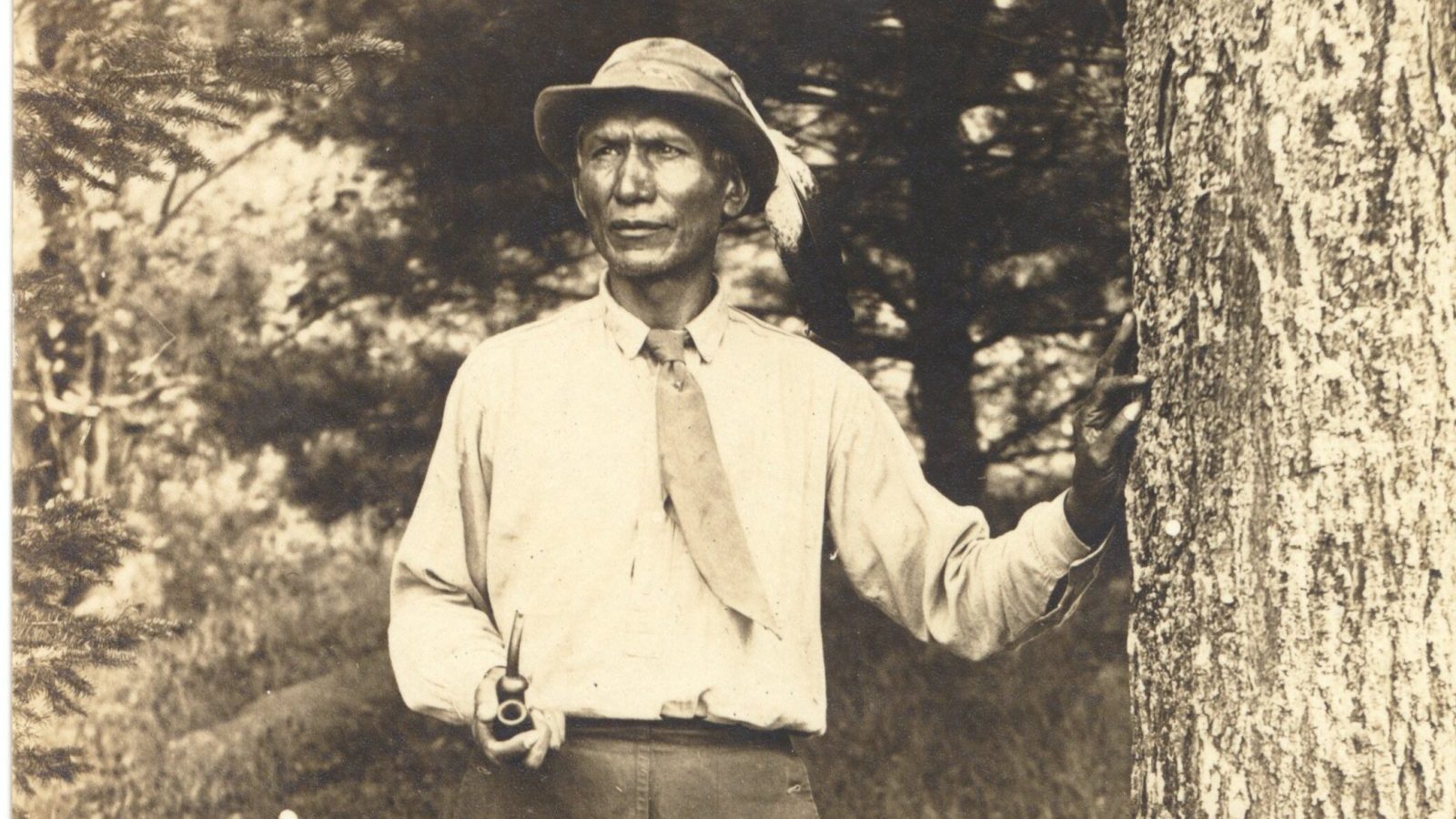
Wilma Mankiller
In 1985, Wilma Mankiller became the first woman to serve as chief of the Cherokee Nation, based in Oklahoma. During her 10-year administration, the Cherokee government built new health clinics, created a mobile eye-care clinic, established ambulance services, and created early education, adult education, and job training programs. She developed revenue streams—including factories, retail stores, and restaurants—while establishing self-governance, allowing the Cherokee Nation to manage their own finances. In 1998, Wilma was awarded the U.S. Medal of Freedom, the nation’s highest civilian honor, for her work on behalf of the Cherokee and other Native Americans.
Read more about Wilma Mankiller’s incredible life on the National Women’s History Museum website.
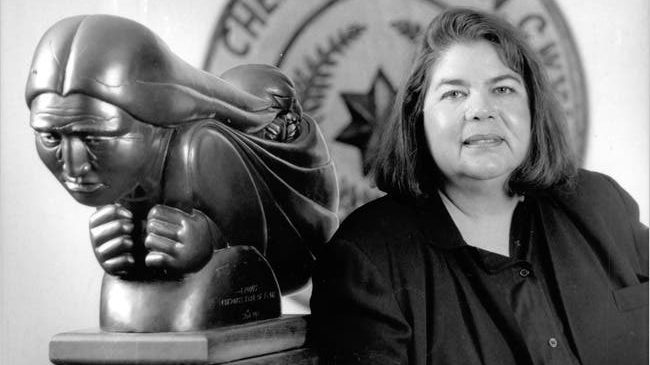
Michael Thornton
In 1973, Michael Thornton, a Navy SEAL from South Carolina from a Cherokee family, received a Medal of Honor for his heroism in Vietnam the year before. Petty Officer Thornton and his commander, Lt. Thomas Norris, were on an intelligence-gathering mission behind enemy lines when they came under fire from a much larger force and were in danger of being surrounded. After they became separated, Thornton learned that Norris had been severely wounded. He returned to retrieve his commander and carries him over his shoulder across 400 yards of open beach, returning enemy fire, until they were safely out of reach and eventually retrieved by the South Vietnamese Navy. A statue depicting Thornton’s heroism was dedicated in 2013 at the National Navy UDT-DEAL Museum in Fort Piece, Florida.
Learn more about Thornton’s story on the U.S. Navy’s official website.

Louise Erdrich
Author of more than 20 books and winner of multiple awards for her writing, including the 2021 Pulitzer Prize for Fiction for her novel, The Night Watchman, Louise Erdrich is an enrolled member of the Turtle Mountain Band of Chippewa Indians and one of the most significant writers of the second wave of the Native American Renaissance. Many of Erdrich’s novels and short stories relate to the North Dakota lands where her ancestors met and mingled, representing Chippewa experiences in the Anglo-American literary tradition. One essayist wrote, “Erdrich’s accomplishment is that she is weaving a body of work that goes beyond portraying contemporary Native American life as descendants of a politically dominated people to explore the great universal questions—questions of identity, pattern versus randomness, and the meaning of life itself.”
For more information about Louise Erdrich, check out the Poetry Foundation’s biography of her on their webpage.
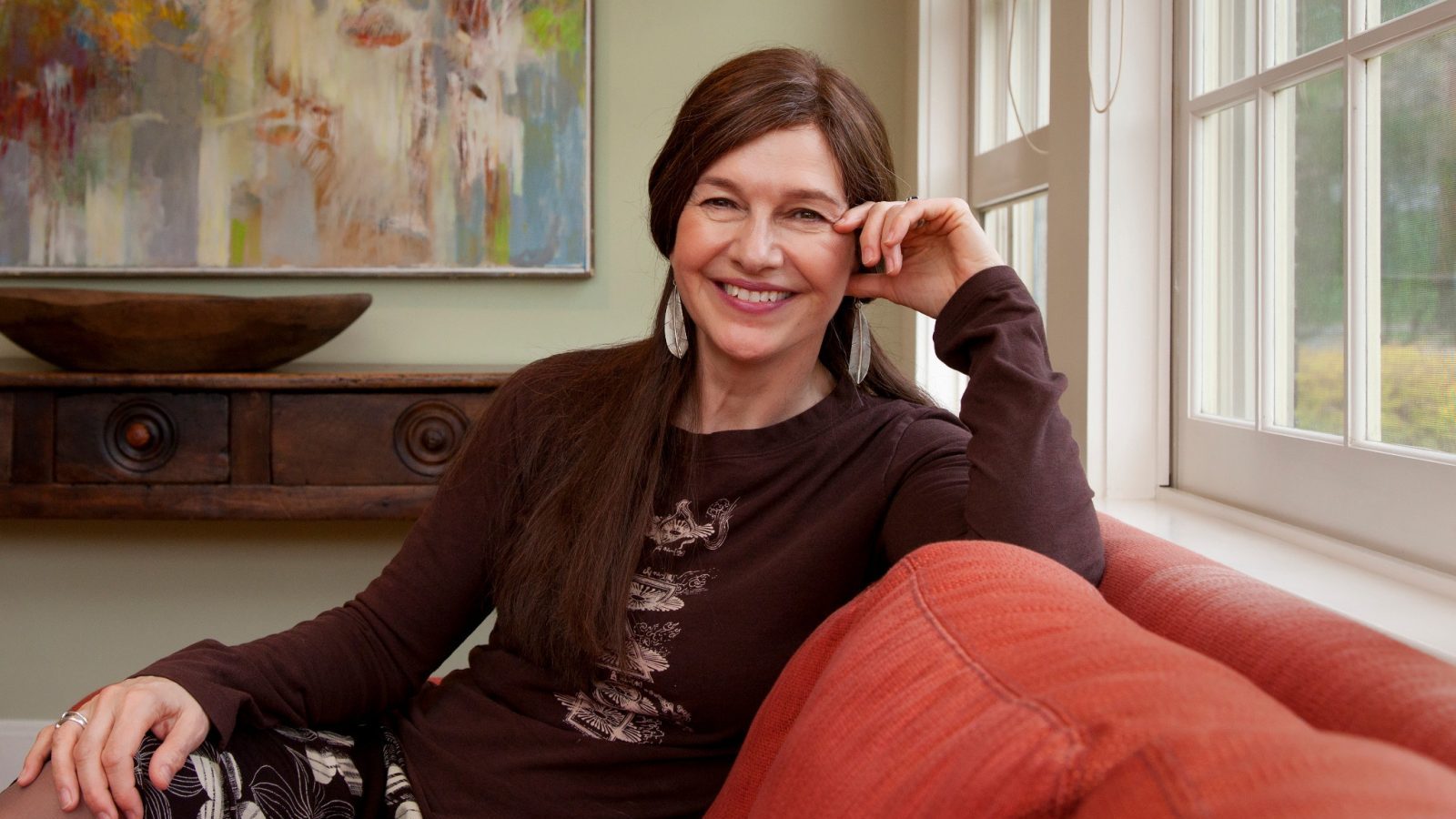
Deb Haaland
In spring 2021, Deb Haaland became the first Native American to serve as a U.S. Cabinet Secretary after President Joe Biden chose her to lead the Department of the Interior. An enrolled member of the Laguna Pueblo tribe, Haaland previously served as U.S. Representative from New Mexico’s 1st Congressional District, which includes Albuquerque and most of its suburbs. Upon accepting her nomination to the Interior Department, Haaland remarked, “This moment is profound when we consider that a former secretary of the interior once proclaimed his goal was to ‘civilize or exterminate’ us. I am a living testament to the failure of that ideology.”
One of her first acts as Secretary was to create a new unit within the Bureau of Indian Affairs to address the decades-long crisis of missing and murdered Native Americans.
Learn more about Deb Haaland’s remarkable life by checking out this profile of her from the Sierra Club.
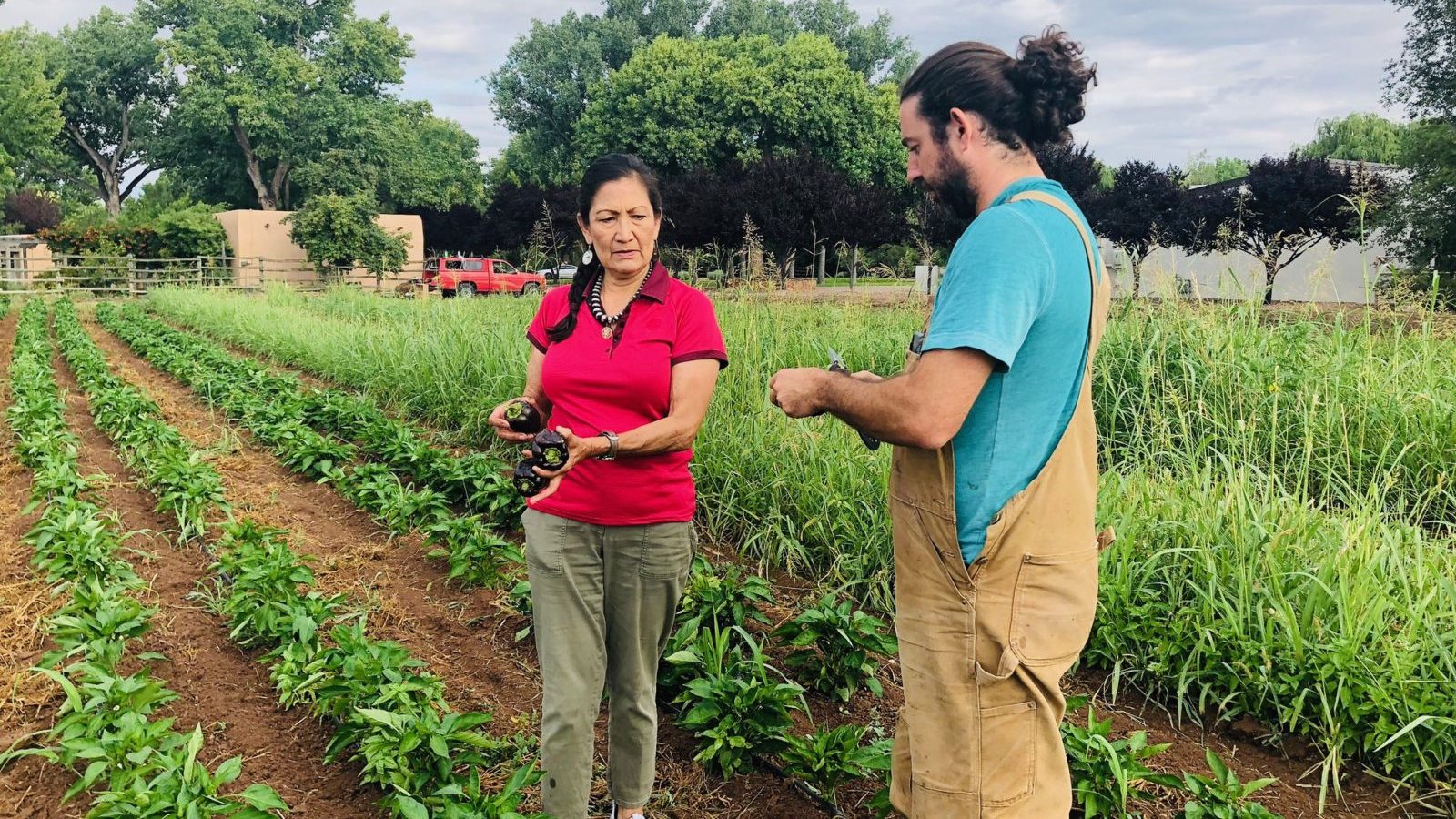
These are just a few of the countless indigenous people who have distinguished themselves over the course of American history and whose stories we honor on Indigenous People’s Day. Explore your school library to learn more about these and many other inspiring Native Americans, past and present, and their impact on our nation.
Banner photo by ~Sage~. Used under Creative Commons license. Original can be found on Flickr.

